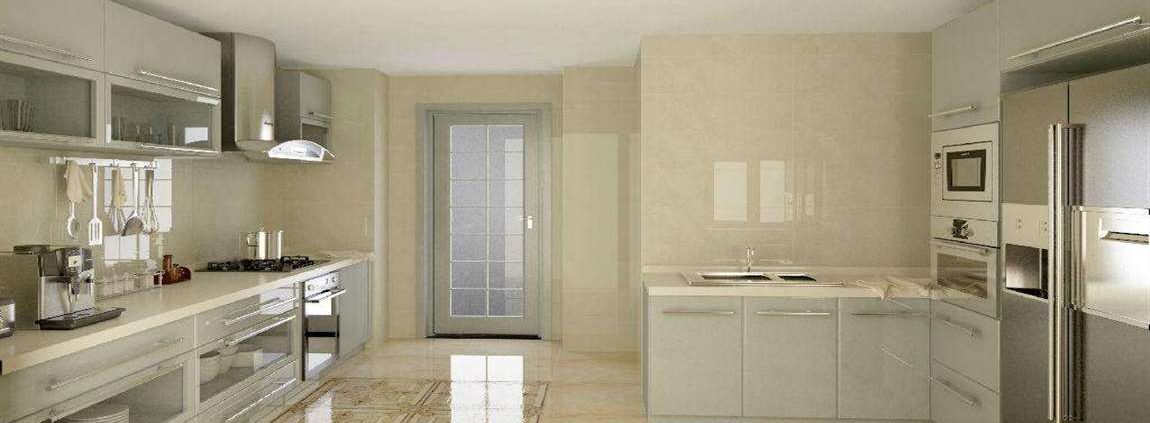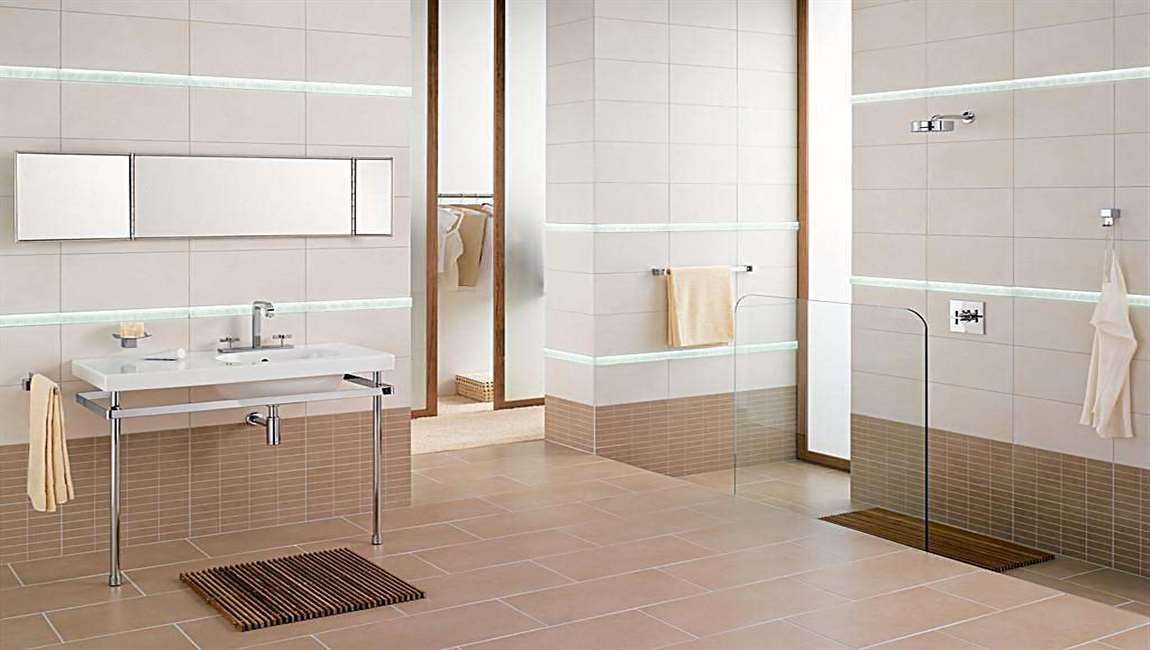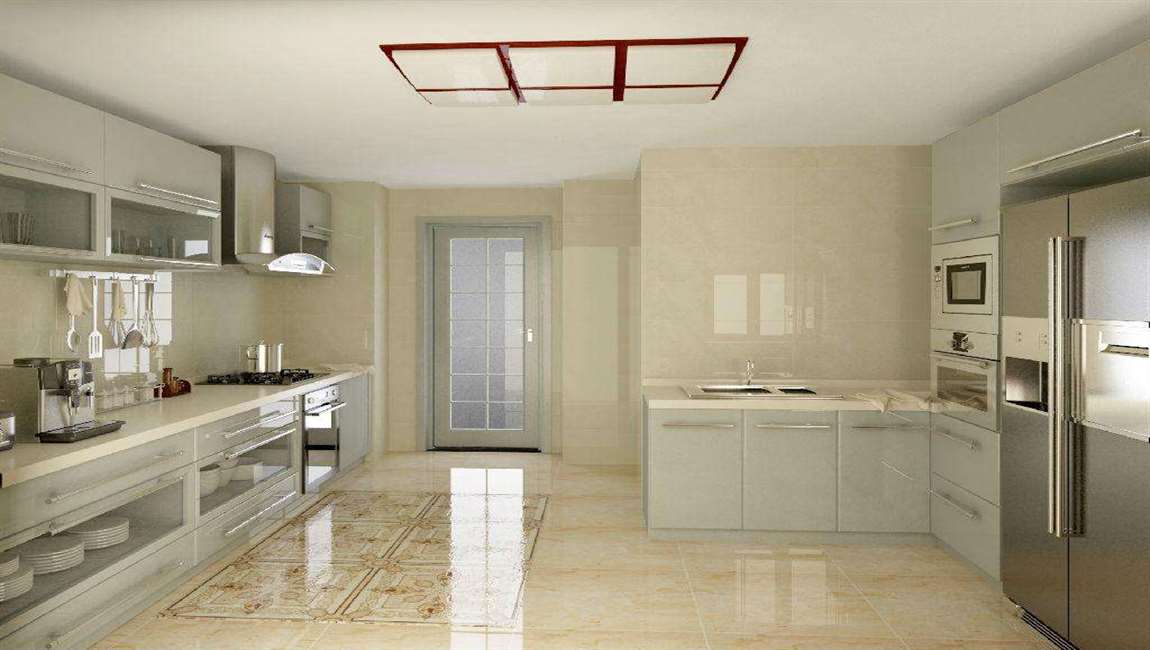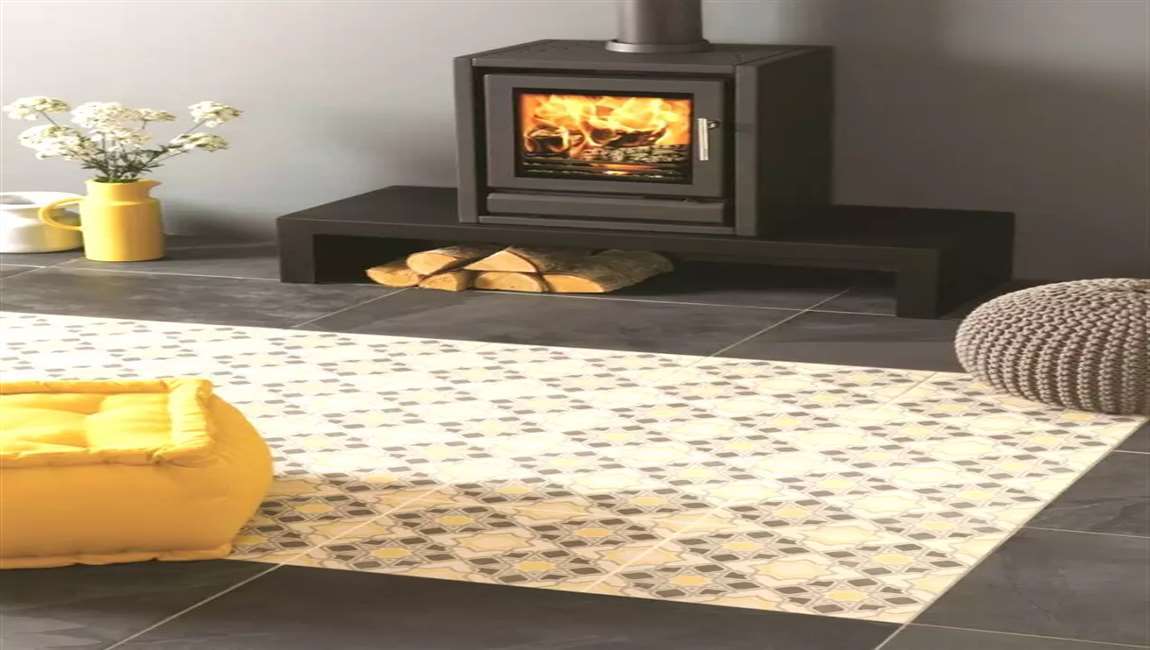How to Clean Ceramic Floor Tile?
Cleaning ceramic floor tile is simple as long as you do so regularly and don’t allow heavy soil to build up. Regularly vacuuming, sweeping or dry mopping your flooring will save you from having to scrub and use stronger cleansers.
For a deeper clean, start with the mildest technique, which is warm water. If your tile is unglazed, you should only use plain water for cleaning. For glazed tile, you can use a soap and water solution, or a household cleaner that’s compatible with ceramic tiling. With the latter, you should always do a test area first.
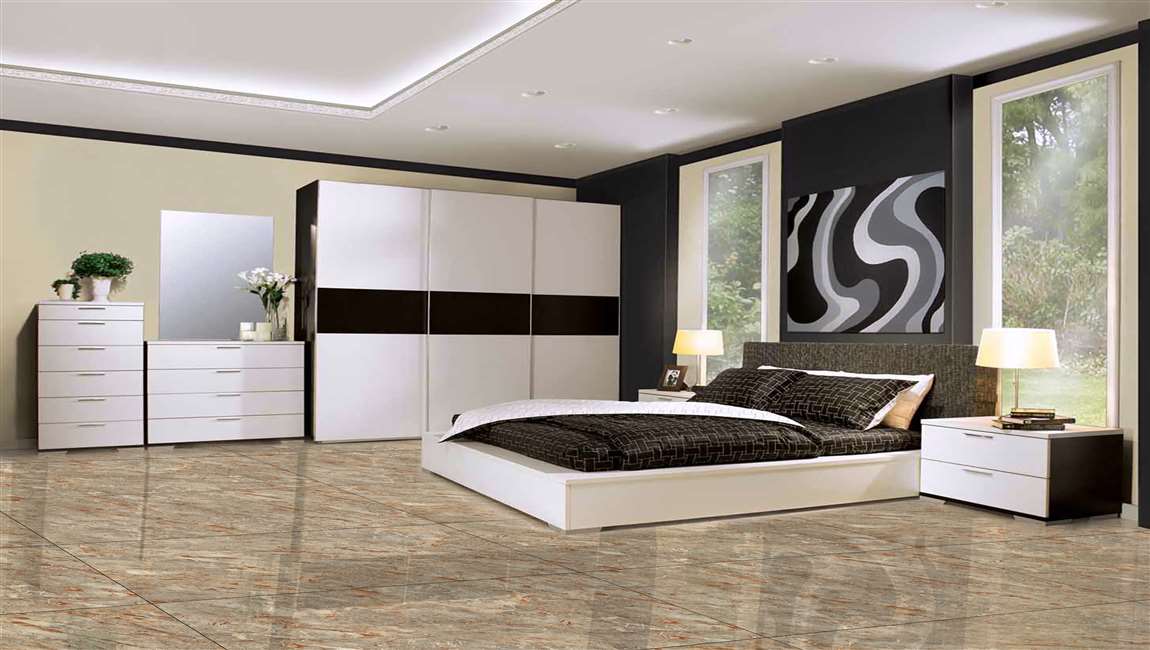
Bed Room Furniture Design Brilliant Fresh Interior Design Of intended for Bedroom Furniture Design Ideas – Best Family Rooms Design
Clean dirt and spills right away. Avoid staining and damage by cleaning dirt as soon as you notice it, and wiping off spills when they occur. Keep absorbent cloths near your tile floor for easy access, especially near exterior doors and during wet or snowy seasons. Wet a cloth with warm water to wipe away tracked-in dirt and spills.
Minimize tracked-in dirt. Keep doormats near exterior doors. Consider adding an extra mat for shoes, and removing shoes as soon as you enter the house. Shake the mats off frequently. Wipe pets’ feet with a towel before they re-enter the house during wet weather.
Use mats to reduce wear to your tile floors. Place mats in areas of your home that receive high traffic, such as in front of sinks and stoves. Place protective pads underneath heavy furniture.





